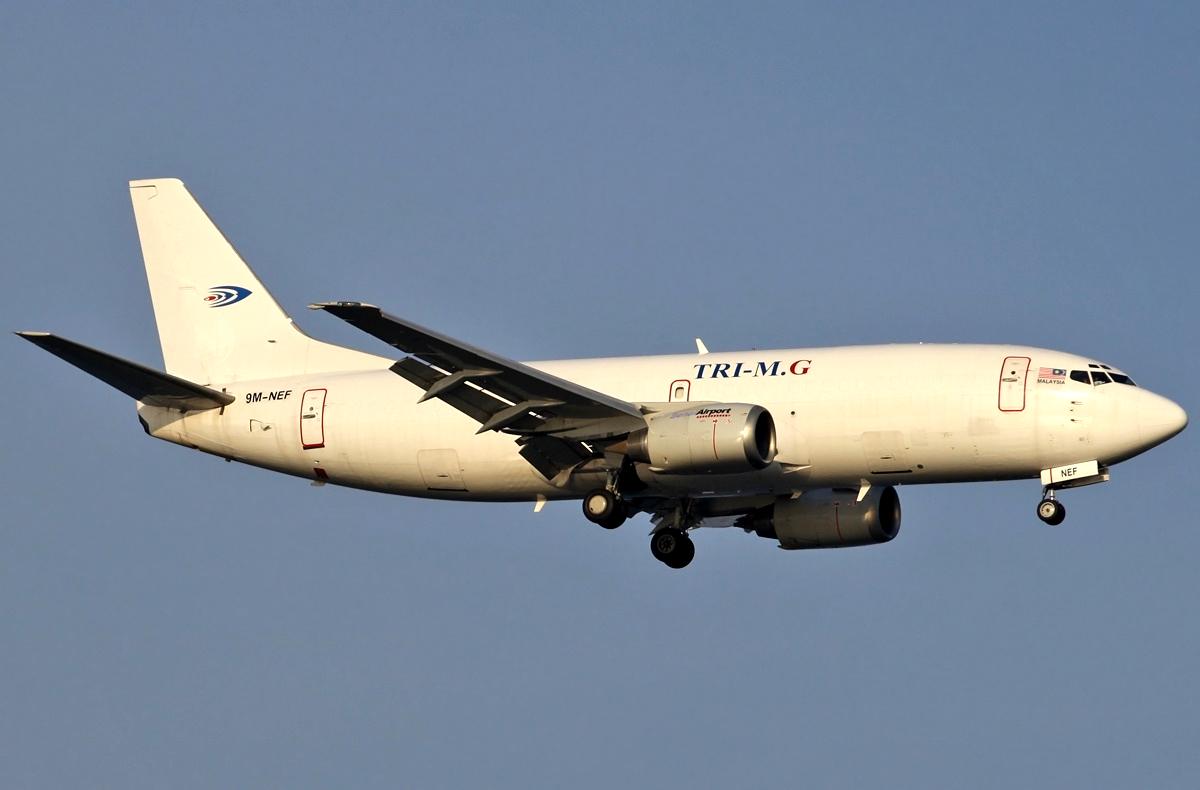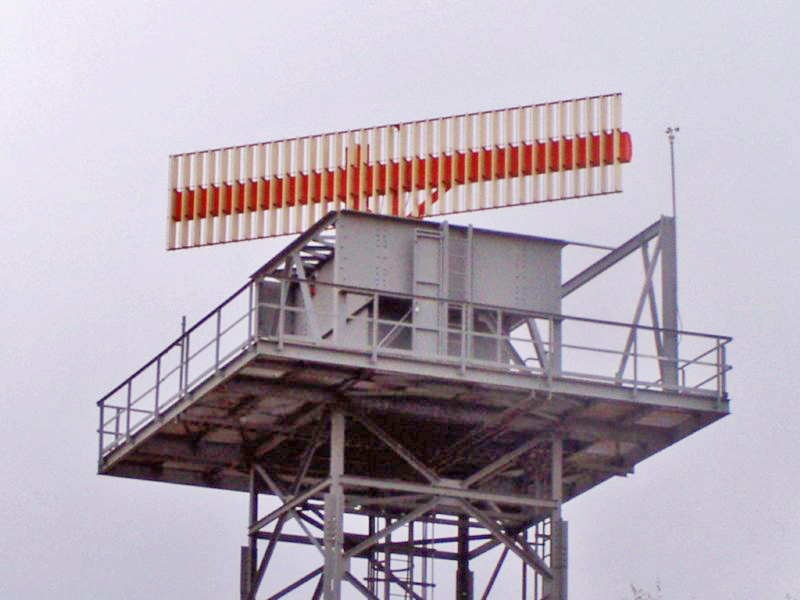AviatorInsight
Established Member
- Joined
- Oct 5, 2016
- Posts
- 1,395
I reckon it’s a good save by the Captain. Looks uncomfortable but it definitely could have been worse. There was no real flare happening.Gentlemen. Thoughts? Looks uncomfortable.
Don’t Easyjet still do circuit training somewhere in France in the actual aircraft? The Captain seems to be looking over a lot at the FO. This is what makes me think it could be a training flight...could be wrong though.
















